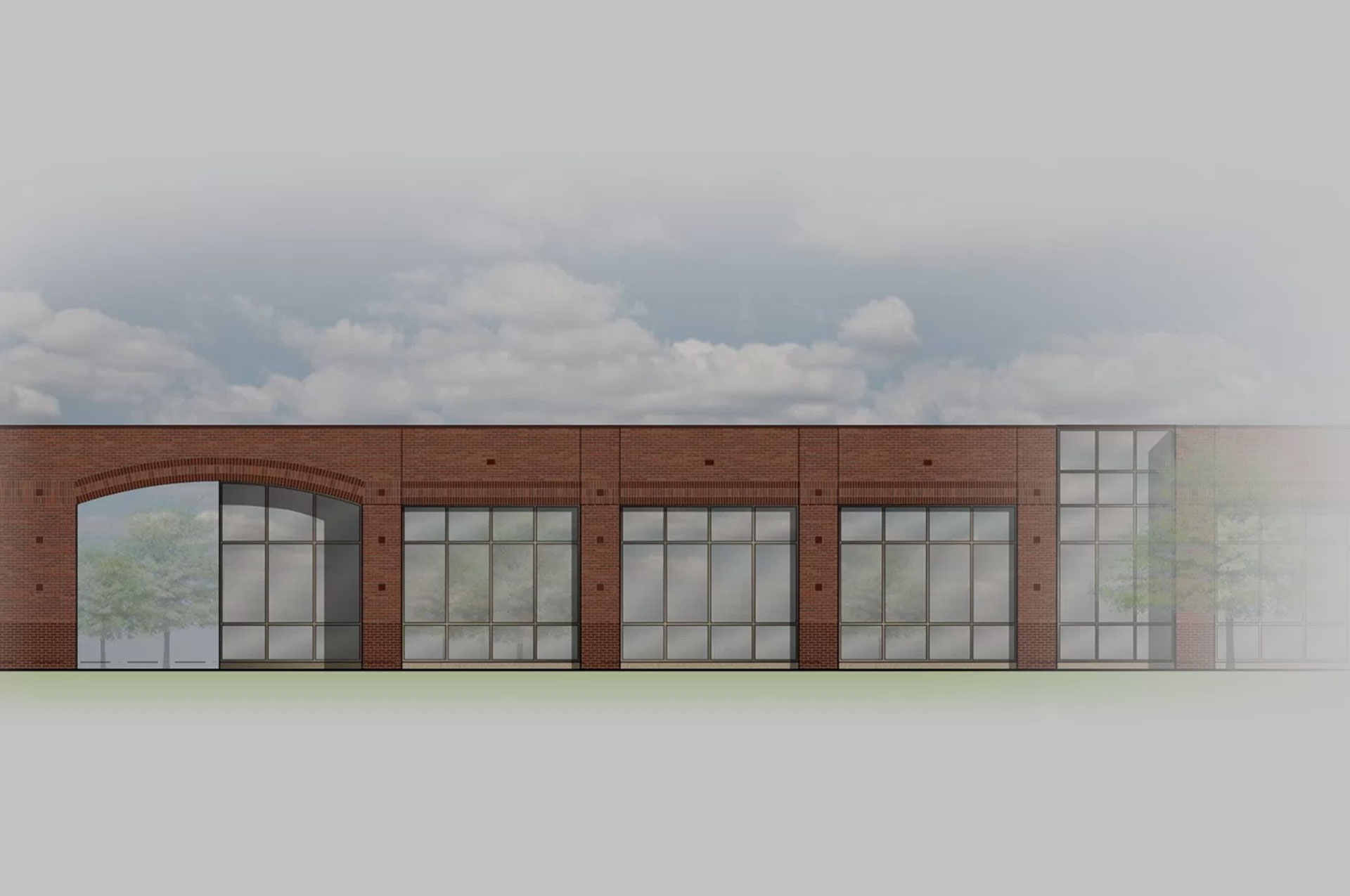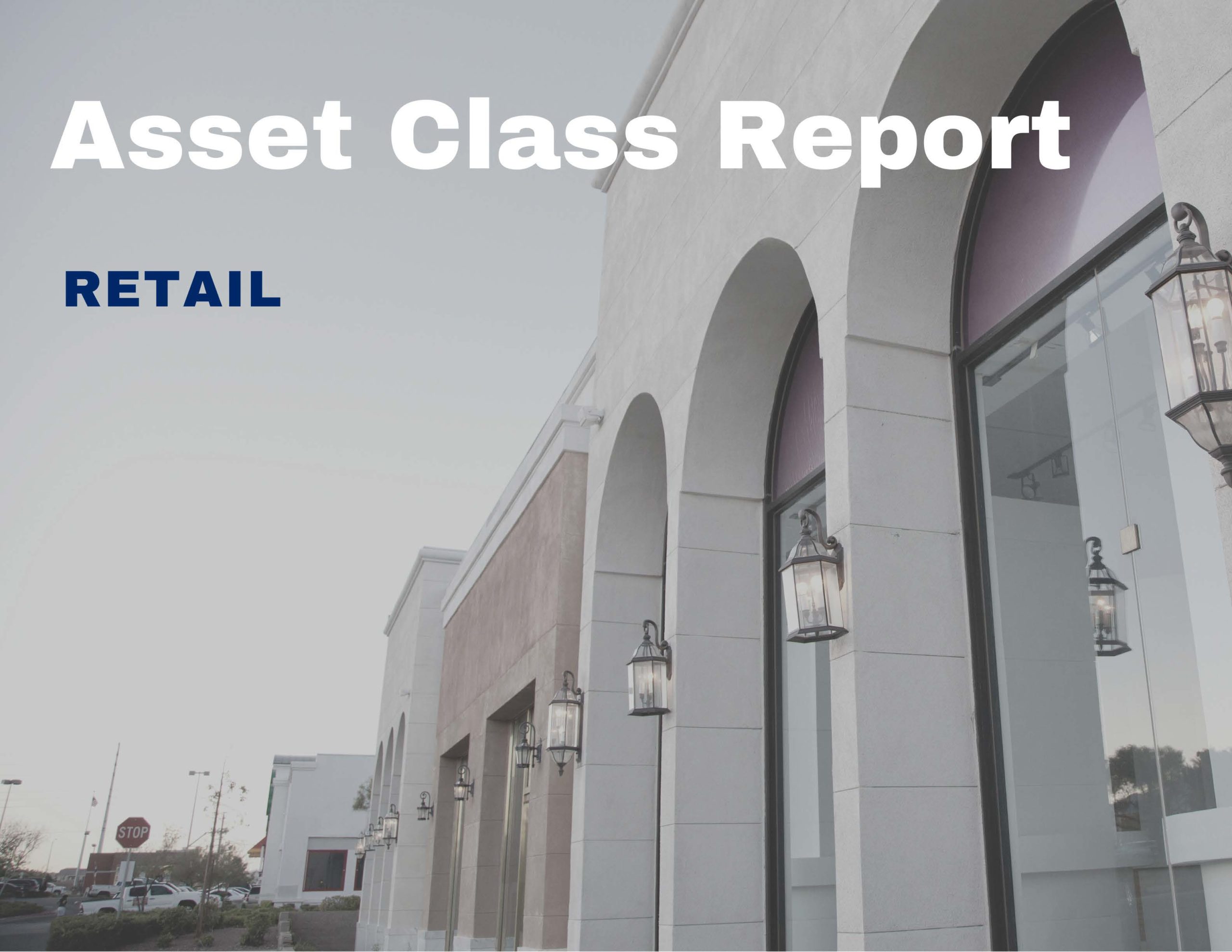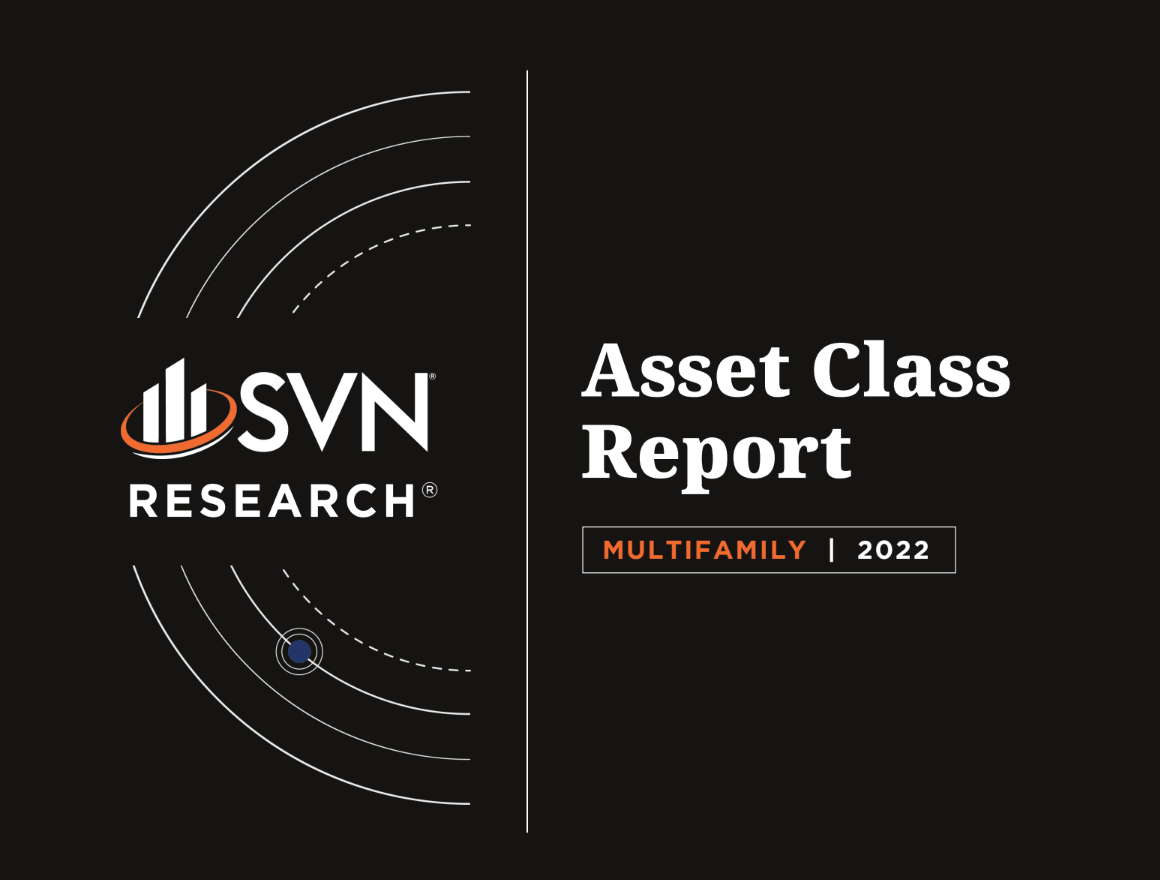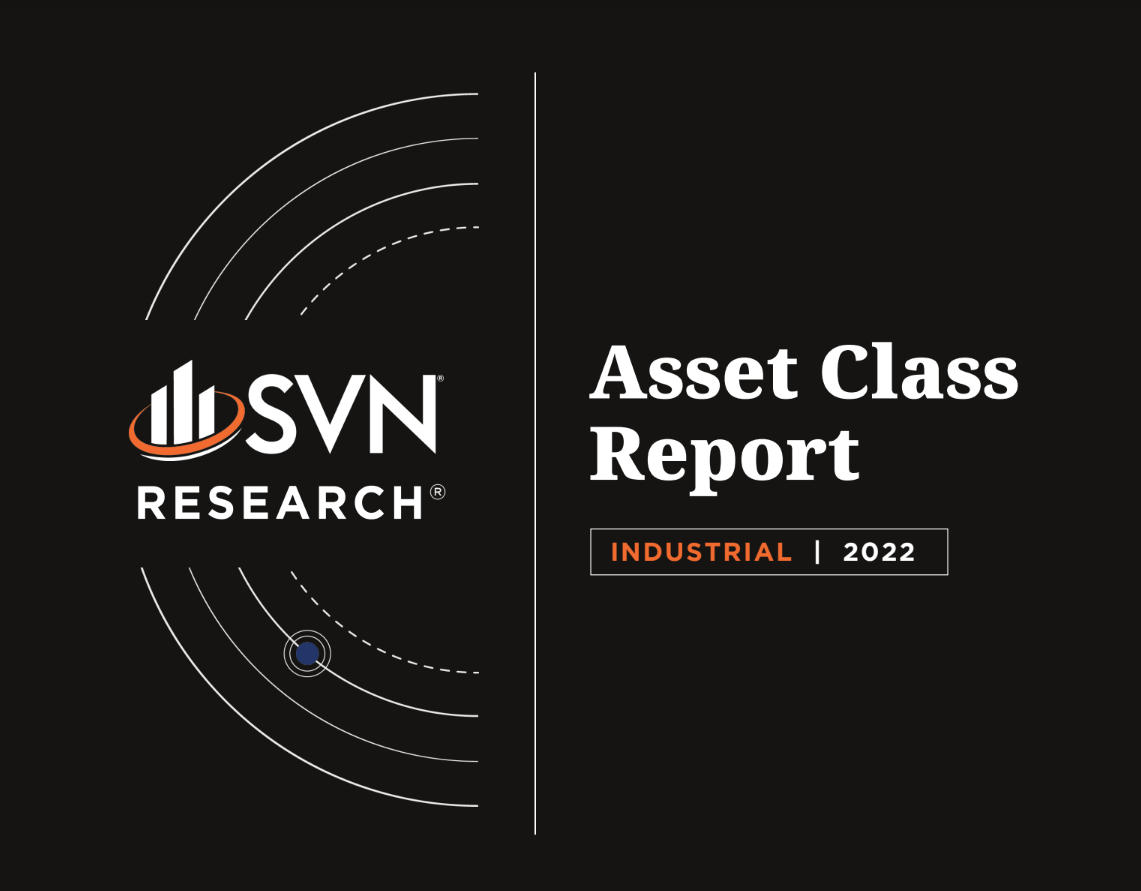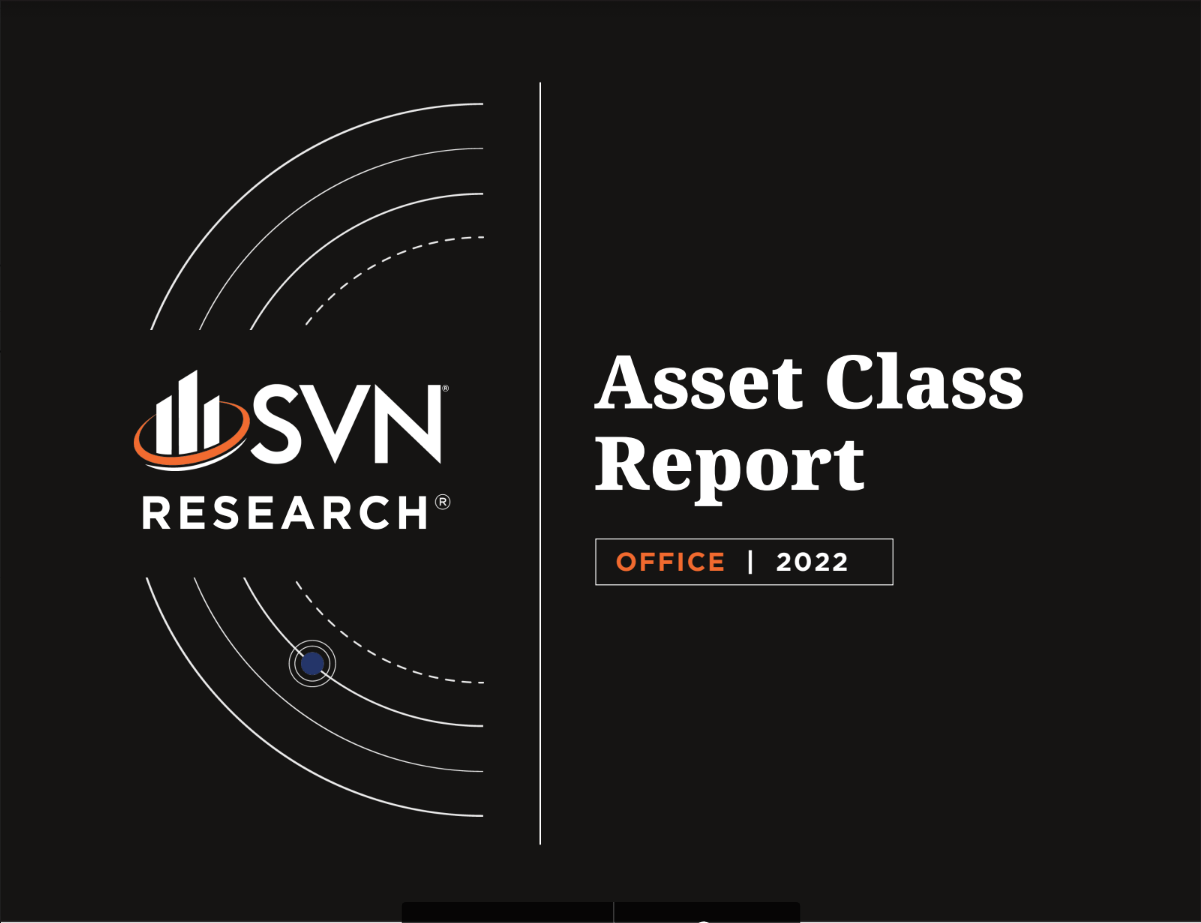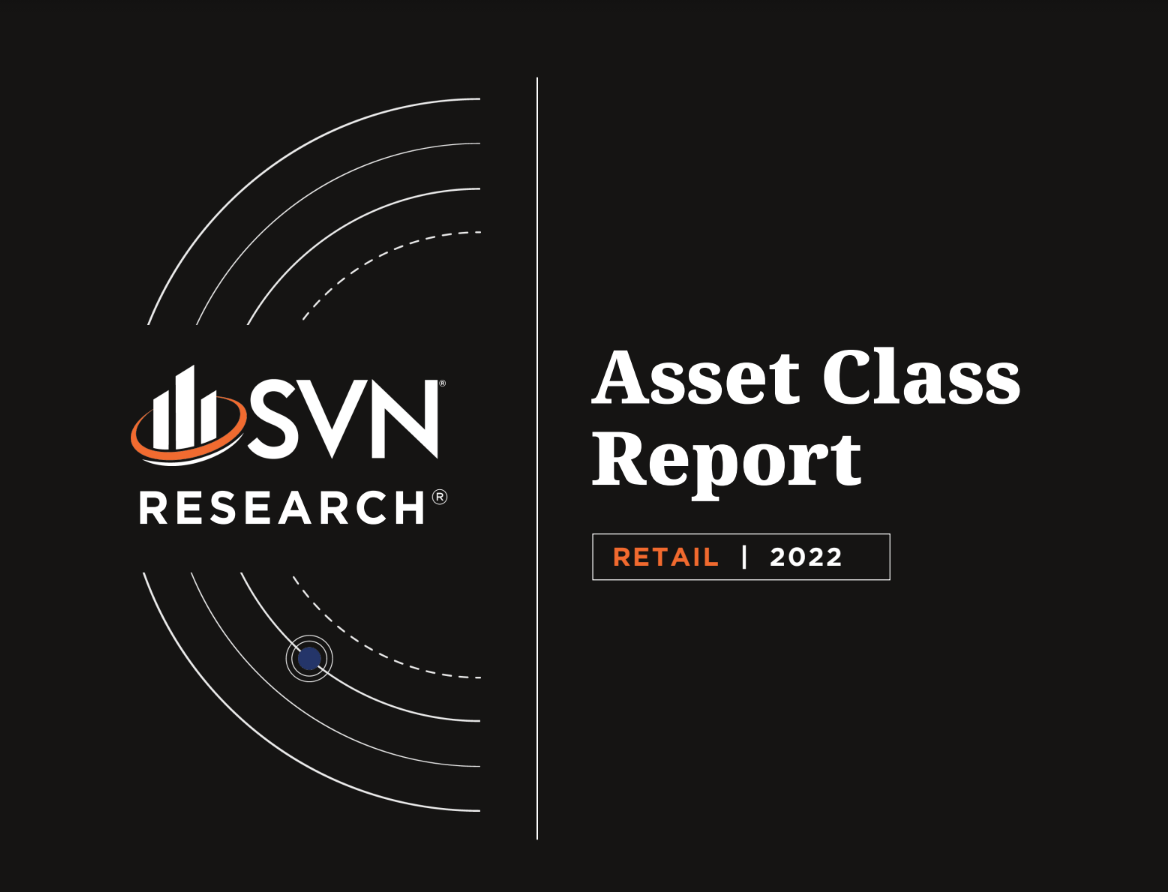admin / October 15, 2021
Commercial Real Estate Economic Update 10.15.2021
Commercial Real Estate Economic Update 10.15.2021
Featured topics:
-
Office Demand
-
Consumer Spending: Residential Districts vs. CBD
-
HUD Rule on Tenants Facing Eviction
-
Construction Spending
-
Goldman Cuts U.S. Growth Forecast
-
Mortgage Applications
-
Zombie Properties
-
Trepp Delinquency Data
-
Employment Situation
-
Job Openings and Labor Turnover Summary
Economic Update 10.15.21 (Download Full Report- PDF)
1. OFFICE DEMAND
• Demand for office space rose in August, following a sluggish July where the delta variant reduced the speed of growth across key economic indicators, according to the latest report from VTS. The VTS office demand index (VODI) rose by 3.65% month-over-month to 87 in August, the highest level since the pandemic began. To date, the VODI remains -13% below its pre-pandemic benchmark.
• On a year-over-year basis, office demand has risen by 235%, easing earlier concerns that the pandemic’s crushing of the office sector in 2020 would become a longer-term, secular shift. While lingering public health concerns and a new remote-work economy still present downside risks to the sector, demand has now climbed in eight of the past nine months and has recovered 84.4% of its post-COVID drop.
• Employment within “office-using” sectors rebounded in July (the latest month of data availability), charting an annualized growth rate of 4.3%, a stark contrast from the 0.8% growth rate observed in June. Using data from July’s jobs report by the BLS, the report notes that the largest increase in office-using jobs came from growth in information services employment, which saw an 11.8% annualized increase in July.
2. CONSUMER SPENDING: RESIDENTIAL DISTRICTS VS. CBD
• A study by the Mastercard Economics Institute on consumer spending in New York City found that small-andmedium-sized businesses in residential districts have fared significantly better in their recoveries than their counterparts in central business districts.
• Spending at small businesses located in central business districts fell to 67% of their 2019 levels through April 2020. Through August 2021, spending at these firms has returned to 73% of 2019 levels. Comparatively, spending at businesses in residential neighborhoods, which fell to 85% of their 2019 levels through April 2020, have since grown past their pre-pandemic marks and sit 124% above 2019 their year-to-date mark.
• While the study focused on the NYC metro, similar trends have affected cities across the world. Globally, spending in central business districts remains roughly 33% below pre-pandemic levels through August 2021.
3. HUD RULE ON TENANTS FACING EVICTION
• On October 7th, the Department of Housing and Urban Development (HUD) introduced a new rule that requires public housing agencies to notify tenants of public housing or project-based rental assistance programs of information related to Emergency Rental Assistance (ERA) programs before they can be evicted. The rule will not apply to recipients of Section 8 Housing Choice Vouchers.
• The new policy will also amend a standard eviction policy for public housing agencies, extending the window in which they must provide a written notice to a tenant regarding their eviction from 14 days before to the eviction date to 30 days
• The new rule is effective immediately and comes amid a stubbornly slow rollout of funds from the ERA fund, a COVID-era federal program that facilitates rental aid to tenants impacted by the pandemic’s fallout. In discussing the implementation of this new policy, HUD states its intent to “act to prevent a wave of preventable evictions that will interfere with the program’s accomplishment of HUD’s mission.”
4. CONSTRUCTION SPENDING
• According to the Census Bureau, the seasonally adjusted value of new US construction put in place totaled an annualized $1.58 trillion as of August 2021— a new all-time high and an 8.9% improvement from one year ago.
• Residential construction unsurprisingly posted the highest growth rate for the year ending August 2021, with the total value of new construction put in place rising a stratospheric 23.9%.
• New put in place construction for lodging and office properties both remain down on a year-over-year basis, falling 31.1% and 5.0%, respectively. While office construction has started to recover slightly, lodging continues to slide to new pandemic-era depths.
• Commercial construction, which includes both retail properties as well as warehouses and distribution facilities amongst other uses, is up 6.9% year-over-year.
5. GOLDMAN CUTS US GROWTH FORECAST
• Goldman Sachs revised down its projections for 2021 US economic growth by 10 bps from 5.7% to 5.6%. Their forecast for 2022 GDP fell further, revised down from 4.4% to 4.0%. Notably, the bank revised up its projections for 2023 and 2024.
• According to the bank’s team of researchers, the updated forecast reflects the impact of a longer-lasting “virus drag” on sensitive consumer services alongside the weakening of reopening-influenced demand, which has driven the elevated spending seen in recent months.
• Further, economists have grown concerned about a prolonging of supply chain issues that have arisen during the pandemic economy, most notably a global semi-conductor shortage, which has contributed to price inflation in highly popular consumer products.
• Looking past 2021, the team factored in the tapering of fiscal stimulus and its likely impact on consumption. What remains to be seen, the researchers say, is whether consumer spending on services will pick up from pandemic lows to offset the likely fall in goods-related spending.
6. MORTGAGE APPLICATIONS
• According to a recent survey by the Mortgage Bankers Association, mortgage applications decreased by 6.9% week-over-week during the week ending on October 1st, 2021, falling to its lowest level in three months.
• This comes amid the backdrop of an increase in the 30-year fixed rate to 3.14%, its highest weekly mark since July. As mortgage rates rise, borrowers’ incentive to refinance decreases. The Refinance Index, a submetric within the survey, fell by 10% from the week prior and was 16% lower than the same week one year ago. Refinance’s share of mortgage activity now stands at 64.5%.
• Noteworthily, purchases have also fallen in recent weeks, but higher-balance loans driven by high sales prices and continuing home price appreciation are offsetting the impact of lower activity.
• The average contract interest rate for 30-year fixed-rate mortgages backed by the FHA stands at 3.12% in the latest reading, while the average rate on 15-year fixed-rate mortgages stands at 2.45%.
7. ZOMBIE PROPERTIES
• A newly released report by ATTOM finds that 1.3 million residential properties sit vacant in the US, representing 1.4% of all homes. However, on a more positive note, the total number of vacant homes in preforeclosure fell 6.7% quarter-over-quarter and 5.3% from a year earlier.
• The number of properties that are in the process of foreclosure has also fallen, down 3.7% quarter-overquarter and 0.2% year-over-year. The share of pre-foreclosure properties that have been abandoned, or socalled “zombie properties,” have dropped 0.1% quarter-over-quarter to 3.5%.
• On the state level, New York retains the highest level of zombie properties (2,053), followed by Ohio (939) and Florida (912), but each state’s high population and asset counts greatly contribute to their standing. On a quarter-over-quarter basis, Maryland saw the steepest relative decline in “zombie” foreclosures, falling 39%. Following next was Massachusetts (down 26%) and New Mexico (down 24%).
• The survey arrives just after the conclusion of a year-and-a-half-long foreclosure moratorium that sunset in August. Some states still maintained some forms of protection throughout Q3, while court rules and delays in certain jurisdictions have also stalled foreclosure activity. Activity in Q4 should help paint a fuller picture of the market’s post-moratoria trend.
8. TREPP DELINQUENCY DATA
• CMBS delinquency rates continued to improve in September, falling 39 bps from August to 5.25%, according to figures reported by Trepp.
• Delinquency rates have now declined for 15 consecutive months following COVID-provoked jumps in May and June of 2020. While the pace improvement slowed to begin the summer of 2021, it re-accelerated in August and September. Compared to one year ago, the CMBS delinquency rate is down 3.67%.
• Retail and lodging CMBS delinquency rates have remained stubbornly high during the ongoing recovery. The Retail CMBS delinquency rate improved by 68 bps to land at 9.75%. Lodging CMBS delinquency rates also improved by an encouraging 60 bps from the previous month, bring the tally down to 11.45%.
• Industrial CMBS delinquency rates sit at 0.59% through September 2021. Even during the worst of last year’s shutdown, industrial CMBS delinquency rates never eclipsed 2%.
• Office CMBS delinquency rates fell by 10 bps in September to land at 2.02%. Following a slight uptick in July, Office CMBS delinquency rates have started to trend in a more positive direction again.
9. EMPLOYMENT SITUATION
• Total nonfarm employment rose by 194,000 in September, far below the 500,000 jobs forecasted by the Dow Jones Survey of Economists and out of step with the average monthly growth of 561,000 jobs seen throughout 2021. Employment levels remain 5 million below the pre-pandemic high.
• The Unemployment rate fell by 40 bps to 4.8% in September, with an estimated 710,000 decline in the number of unemployed persons. The Labor force participation rate was little changed. Unemployment numbers, taken from the Household Survey, have marked notable discrepancies from jobs data, which is taken from the establishment survey, most likely due to data-collection constraints from the pandemic.
• One of the more notable points in the recent survey showed a decline in local government education employment, which dropped by a seasonally adjusted 144,000 amid the back-to-school push (when hiring in the sector typically picks up). The BLS notes that pandemic-related staffing fluctuations make interpreting the trend difficult, but it still raises concerns that the economy-wide labor market shortage could impact efforts to return children to schools and could further complicate the practicality of various vaccine mandates being instituted for teachers across the country.
10. JOB OPENINGS AND LABOR TURNOVER SUMMARY
• Job openings declined to 10.4 million during the last business day of August, following an all-time high of 11.1 million in July, according to the BLS’ latest JOLTS data. The largest decreases were in health care and social services, accommodation and food services, and state and local government education.
• Hires fell to 6.3 million in August, down from 6.8 million in the previous month. Meanwhile, separations were little changed at 6.0 million. Quits climbed to an all-time high of 4.3 million during August— 17.7% above its pre-pandemic peak.
• Despite the decline, filing job openings remains a difficult task for firms across multiple industries. Combined with the underwhelming job growth numbers seen in the recent September jobs report, the resulting labor market shortage has challenged the stability of the economic recovery. Hiring difficulties have contributed to recent inflationary pressures and, in many cases, have prevented firms from taking advantage of existing sales opportunities.
SUMMARY OF SOURCES
• https://vts.drift.click/september-vodi (1)
• https://www.census.gov/construction/c30/release.html (4)
•https://www.trepp.com/hubfs/Trepp%20September%202021%20CMBS%20Delinquency%20Report.pdf (8)
• https://www.bls.gov/news.release/empsit.nr0.htm (9)
• https://www.bls.gov/news.release/jolts.nr0.htm (10)
—
©2021 SVN International Corp. All Rights Reserved. SVN and the SVN COMMERCIAL REAL ESTATE ADVISORS logos are registered service marks of SVN International Corp. All SVN® offices are independently owned and operated. This is not a franchise offering. A franchise offering can only be made through a Franchise Disclosure Document.
View More Economic Updates:
View all current SVN Southland listings here.
Meet the whole SVN Southland team
« Previous Next »